Consumption of HCFCs in Vietnam has decreased sharply due to the application of quota management measures, and imports will stop by 2040, according to the Department of Climate Change.
Speaking at a consultation workshop on the National Plan for Management and Elimination of Ozone Depleting Substances and Controlled Greenhouse Gases on the morning of September 15, Mr. Nguyen Tuan Quang, Deputy Director of the Department of Climate Change, Ministry of Natural Resources and Environment , said that in the period of 2020-2025, Vietnam aims to eliminate 35% of the consumption of HCFCs. This is an ozone-depleting substance used mainly in the fields of air conditioning, foam production, and refrigeration equipment.
"The import quota for HCFCs applied to Vietnam is only 2,600 tons, and will gradually decrease in the following period until the import of HCFCs is stopped," said Mr. Quang.

Deputy Director of the Department of Climate Change Nguyen Tuan Quang speaks at the workshop. Photo: Nguyen Thuy
The survey results of the Ministry of Natural Resources and Environment in collaboration with the World Bank show that HCFC consumption in Vietnam has decreased sharply due to the application of import quota management measures. Specifically, from less than 3,600 tons (in 2019) to less than 2,600 tons/year (in the period from 2020 to present).
Over the years, Vietnam has made efforts to implement activities to contribute to the restoration of the ozone layer. One of these is to support enterprises producing refrigeration equipment, foam or air conditioners, setting up water-based mixing stations... to convert production technology to not use HCFCs in order to eliminate 35% of the base consumption. Many activities to build standards for capacity assessment, certify technicians in the field of air conditioning maintenance services, national standards on the use of flammable expanding agents in foam production, and guidelines for converting technology to eliminate HCFCs have been supported. This is part of Vietnam's commitment in its efforts to implement the Montreal Protocol on environmental protection.

The consultation workshop on the draft national plan on management and elimination of ozone-depleting substances attracted hundreds of delegates. Photo: Nguyen Thuy
The Montreal Protocol on Substances that Deplete the Ozone Layer was adopted in Montreal (Canada) in September 1987, imposing measures and obligations to completely eliminate the production and use of ozone-depleting substances on member countries. In January 1994, Vietnam officially joined the Montreal Protocol. Currently, there are 198 participating countries.
The International Day for the Preservation of the Ozone Layer in 2023 has the message "Montreal Protocol: Restoring the Ozone Layer and Mitigating Climate Change". The Montreal Protocol has made a great contribution to healing the ozone hole, preventing consequences affecting human health and ecosystems on the planet. To date, the ozone layer is being restored on schedule and it is predicted that by 2066, Antarctica will be restored to its 1980 level. Currently, 99% of ozone-depleting substances have been completely eliminated. The Montreal Protocol has protected millions of people from skin cancer, cataracts, protected ecosystems and slowed down climate change.
vnexpress.net





![[Photo] Readers line up to visit the photo exhibition and receive a special publication commemorating the 135th birthday of President Ho Chi Minh at Nhan Dan Newspaper](https://vphoto.vietnam.vn/thumb/1200x675/vietnam/resource/IMAGE/2025/5/17/85b3197fc6bd43e6a9ee4db15101005b)
![[Photo] Prime Minister Pham Minh Chinh chairs meeting on science and technology development](https://vphoto.vietnam.vn/thumb/1200x675/vietnam/resource/IMAGE/2025/5/17/ae80dd74c384439789b12013c738a045)
![[Photo] More than 17,000 candidates participate in the 2025 SPT Competency Assessment Test of Hanoi National University of Education](https://vphoto.vietnam.vn/thumb/1200x675/vietnam/resource/IMAGE/2025/5/17/e538d9a1636c407cbb211b314e6303fd)
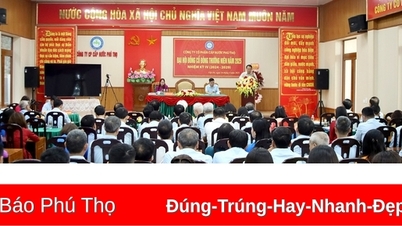

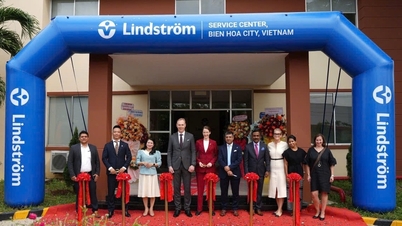



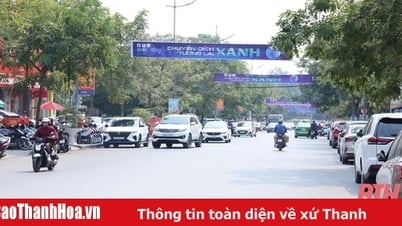



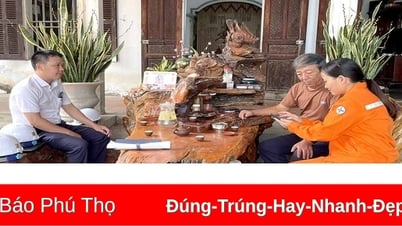
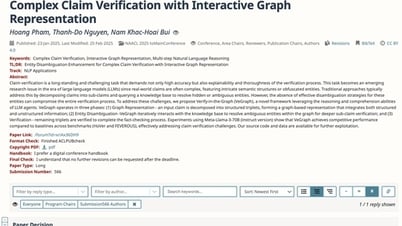

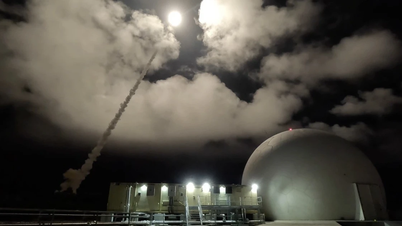

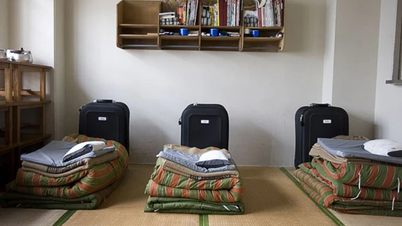














![[Photo] Nearly 3,000 students moved by stories about soldiers](https://vphoto.vietnam.vn/thumb/1200x675/vietnam/resource/IMAGE/2025/5/17/21da57c8241e42438b423eaa37215e0e)






















































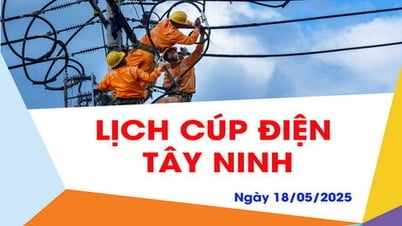














Comment (0)